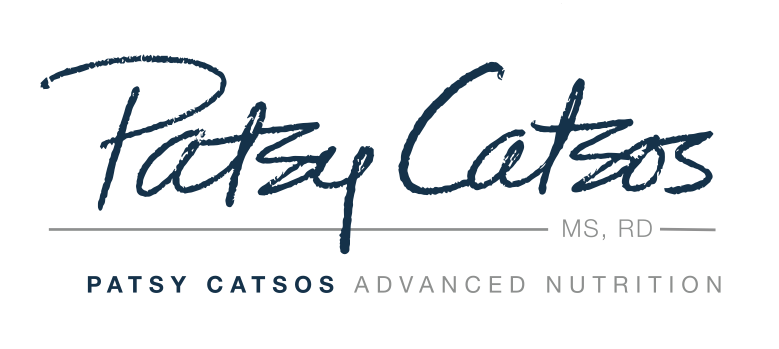If you’ll be starting a FODMAP Elimination Diet in the New Year, this post is for you! Whether you are trying this dietary experiment for the first time, or getting ready for a do-over, today’s post will help you make a great start.
As you may be aware, a FODMAP elimination diet usually entails 3 phases: elimination, reintroduction, and personalization. The main goal of the elimination phase (the Low-FODMAP diet) is to learn whether you can get meaningful improvement in your symptoms on a low-FODMAP diet.
The process of discovering IBS food triggers heralds a new beginning for many IBS patients!
How to start a low-FODMAP Diet
Make sure you’re doing it for the right reasons. Low-FODMAP diets were developed for people with irritable bowel syndrome (IBS). The symptoms which often respond to low-FODMAP diet are abdominal pain, bloating, diarrhea and constipation. People with certain other gastrointestinal conditions can also benefit, such as those with inflammatory bowel disease in remission who still have symptoms, or people with celiac disease or non-celiac gluten sensitivity who are symptomatic even on gluten-free diets. A low-FODMAP diet isn’t a weight loss diet, and it won’t clear up rashes, improve joint pain, prevent headaches, or fix other non-gastrointestinal problems. It’s not usually a good choice for people who are at risk for eating disorders. If you aren’t sure whether you are a good candidate for this diet, put it on hold for a few days until you can check in with your doctor or a dietitian.
Make some notes about which symptoms you will be monitoring. How often do they occur and how intense are they? After a few weeks on the elimination phase, you’ll check these symptoms again to see if the diet helped.
Choose the right tools. I’m not talking about hitting Instagram for some cute free food charts. A FODMAP elimination diet is more than a list of high- and low-FODMAP foods. It works best with a clear plan, and strategies for identifying symptom triggers and for symptom management. May I suggest my book, The IBS Elimination Diet and Cookbook (Harmony Books 2017)? Or, try the Monash University FODMAP Diet app. If you use other books, blogs, or apps, be choosy about who prepared them. The best and safest tools are prepared by registered dietitians, or by those working in close collaboration with dietitians.
Don’t throw away your high FODMAP foods! High FODMAP foods are not “bad foods”. This is a short dietary experiment, not a permanent diet prescription, so keep your thinking flexible! While some pop diets encourage the drama of cleaning your cupboards and making a big show of throwing unworthy foods out the door, with a FODMAP elimination diet you will be reintroducing high FODMAP food again in just a few weeks.
Visit my earlier post for even more strategies for success. Good luck and Happy New Year!
Do you have questions about whether you are a good candidate for a FODMAP-elimination diet? Discuss this article or review pages 27-30 in The IBS Elimination Diet and Cookbook with your doctor or dietitian. Or consider a one-on-one session with me to talk it over.
This page may contain affiliate links. We are a participant in the Amazon Services LLC Associates Program, an affiliate advertising program designed to provide a means for us to earn fees by linking to Amazon.com and affiliated sites.
First published on Jan 1, 2021. Edited and republished on 1/19/2024.


